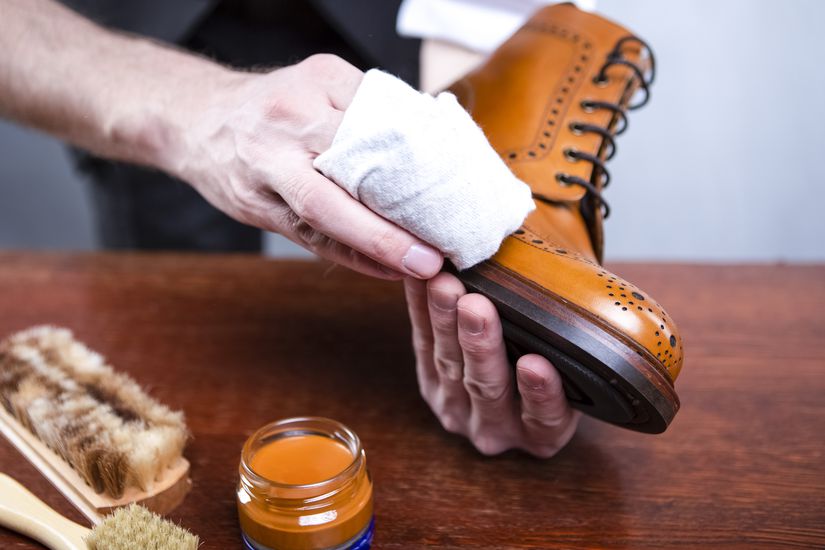Take Care
When thinking of products that you buy for life, a solid pair of leather boots comes to mind. Leather, being a durable material that can withstand the elements and regular wear and tear, can last for decades with proper care. Investing in a good pair of leather boots not only saves you money in the long run, but it also helps to reduce waste by promoting the longevity of a single item.
Follow these tips to make sure you're taking the best care of your leather boots so they stay in tip-top shape and help you look stylish for a long, long time.
Related: 10 Easy DIY Fashion Accessories














